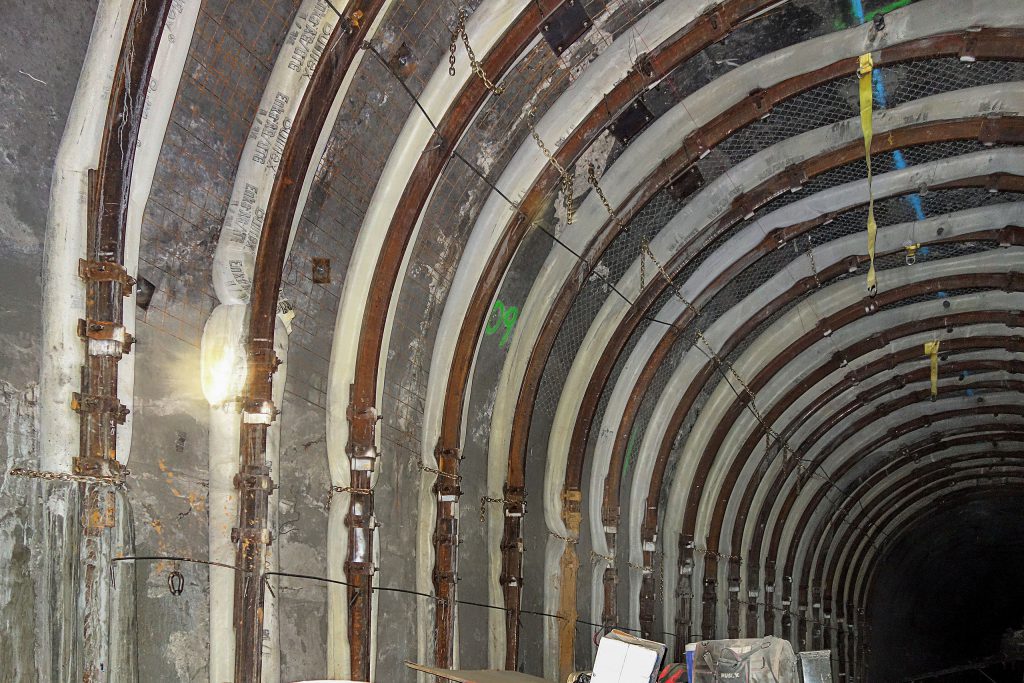Sandvik to acquire DSI Underground

Sandvik has signed an agreement to acquire DSI Underground, a global leader in ground support and reinforcement products, systems and solutions for the underground mining and tunneling industries from Triton. The company will be included with reporting from the Sandvik Mining and Rock Solutions unit.
The purchase price is approximately €943 million on a cash and debt free basis.
“This acquisition is an important step in our growth ambition. DSI Underground’s track record of driving progress and safety in underground operations and its global reach will further strengthen our world-leading market position within mining and rock solutions,” Stefan Widing, president and CEO of Sandvik, said in a press release.
DSI Underground has a presence in 70 countries, with 22 production units
DSI Underground has a presence in 70 countries, with 22 production units close to end customers. Its product offering includes bolting systems, injection chemicals and resin capsules.
“With the world’s most extensive choice of ground support products and systems, the DSI Underground’s offering is highly complementary and enables us to deliver greater value and safety to our customers. The deal gives DSI Underground access to Sandvik’s substantial R&D (research and development), global service and sales network, complements our growing aftermarket business and strengthens our leadership in underground mining and tunneling,” added Henrik Ager, president of Sandvik Mining and Rock Solutions.
DSI Underground has approximately 2,000 employees. DSI Underground’s revenue for 2020 is expected to be about 518 million euros (excluding the four joint ventures that are part of the acquisition) and an EBIT (earnings before interest and taxes) margin that, to a certain extent, will be dilutive to Sandvik Mining and Rock Solutions’ margin. Impact on Sandvik’s earnings per share is expected to be slightly positive.
The transaction is expected to close by mid-2021 and is subject to relevant regulatory approvals.
DSI Underground is a supplier of ground support products, systems and solutions for the underground mining and tunnelling industry.
(This article first appeared in the Canadian Mining Journal)
{{ commodity.name }}
{{ post.title }}
{{ post.date }}

Comments